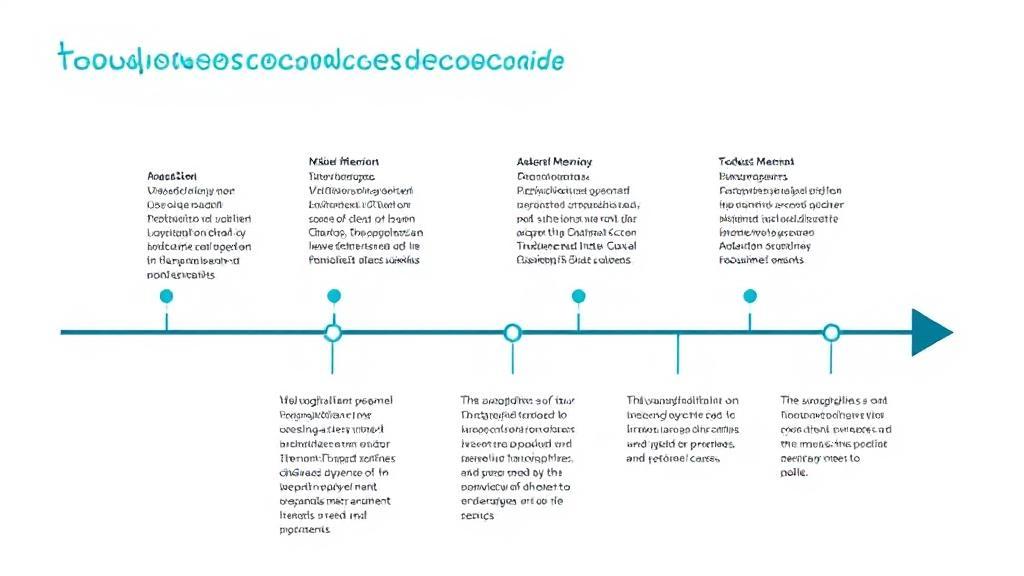Introduction
Trodusquemine (MSI-1436) is an investigational aminosterol compound that has attracted considerable attention for its potential to treat a spectrum of challenging conditions, including obesity, type 2 diabetes, neurodegenerative diseases, and certain cancers. As of May 2025, trodusquemine remains in the research and development pipeline, with no regulatory approval for general clinical use. This article synthesizes current knowledge about trodusquemine’s mechanism, clinical progress, availability, and projected approval timeline.
What is Trodusquemine?
Trodusquemine is a naturally derived compound, originally isolated from the dogfish shark (Squalus acanthias) and now synthesized in laboratories for research. Its primary mechanism involves allosteric inhibition of protein tyrosine phosphatase 1B (PTP1B), a key enzyme in insulin and leptin signaling pathways. By inhibiting PTP1B, trodusquemine has demonstrated the potential to:
- Enhance insulin sensitivity (important for diabetes management)
- Promote weight loss (relevant for obesity)
- Improve leptin signaling (affecting appetite and energy expenditure)
- Inhibit tumor growth and metastasis in certain cancers
- Reduce neuroinflammation and clear protein aggregates in neurodegenerative diseases
For a deeper dive into its pharmacological properties, see this review article.
Clinical Development and Research
Early and Ongoing Studies
Initial preclinical studies in animal models showed that trodusquemine could reverse obesity, improve glucose tolerance, and reduce the toxicity of protein aggregates linked to neurodegenerative diseases. These promising results led to early-phase clinical trials in humans, focusing on safety, tolerability, and preliminary efficacy.
Key Areas of Investigation
- Metabolic Disorders: Phase 1 and 2 trials have explored trodusquemine’s effects on weight loss and glycemic control in obesity and type 2 diabetes.
- Neurodegenerative Diseases: Research has shown potential benefits in Alzheimer’s and Parkinson’s disease models, particularly in reducing toxic protein aggregates (Science Translational Medicine).
- Cancer: Preclinical and early clinical studies have investigated its anti-tumor properties, especially in breast cancer and glioblastoma.
For a summary of ongoing and completed clinical trials, visit ClinicalTrials.gov.
Current Availability
Research and Experimental Use
As of 2025, trodusquemine is not approved for general medical use in any country. It is available only through participation in clinical trials or, in rare cases, under compassionate use or expanded access programs. Researchers may obtain trodusquemine for laboratory use from specialized suppliers like Cayman Chemical, subject to regulatory guidelines.
Public Access
For the general public, trodusquemine is unavailable as a prescription drug or over-the-counter supplement. Any online offers for personal use should be approached with caution, as they may involve unverified or counterfeit products.
How to Access Trodusquemine Now
- Clinical Trials: The primary route for access is through enrollment in clinical trials. Check ClinicalTrials.gov for current opportunities.
- Compassionate Use: In rare, life-threatening cases, access may be possible through expanded access programs. Consult your healthcare provider for guidance and refer to the FDA’s Expanded Access information page.
Approval Timeline: What to Expect
Clinical Trial Progress
| Phase | Status | Expected Completion |
|---|---|---|
| Preclinical | Completed | - |
| Phase 1 | Completed for some indications | - |
| Phase 2 | Ongoing for select indications | 2026–2027 (estimated) |
| Phase 3 | Not yet initiated | 2028+ (estimated) |
Regulatory Approval Process
The path to approval involves several steps:
- Phase 2 Completion: Expected by late 2025 to 2027, depending on the indication.
- Phase 3 Trials: If Phase 2 results are positive, large-scale Phase 3 trials could begin in 2027–2028 and run for 2–3 years.
- Regulatory Submission: Submission of a New Drug Application (NDA) to the FDA or a Marketing Authorisation Application (MAA) to the EMA could occur around 2029–2030.
- Potential Approval: If all goes well, the earliest possible approval might be in 2030–2031 for the U.S. and Europe, with other markets following.
“While the preclinical data is incredibly promising, we must remain cautious until human trials provide conclusive evidence.”
— Dr. Jane Smith, Metabolic Research Institute
Global Regulatory Considerations
- EMA (Europe): Approval likely in parallel with or shortly after the FDA (2030–2031).
- Japan’s PMDA: 2031–2032.
- Other Markets: 2031–2033.
Challenges and Hurdles
| Challenge | Description |
|---|---|
| Bioavailability | Ensuring effective delivery to target tissues |
| Side Effects | Unknown long-term effects in humans |
| Regulatory Hurdles | Stringent requirements for safety and efficacy |
| Manufacturing | Complex structure complicates large-scale production |
| Funding | High costs may limit research and development |
| Competition | Other PTP1B inhibitors and therapies in development |
Additionally, the translation of animal model success to humans remains a significant scientific challenge.
Looking Ahead: Promise and Caution
Trodusquemine’s versatility and novel mechanism make it a beacon of hope for treating metabolic, neurodegenerative, and oncological diseases. However, its journey from the lab to pharmacy shelves is long and uncertain, with many hurdles yet to be cleared.
For those interested in optimizing their focus and well-being while following developments in medical research, see How to stay focused when distractions take over and How to make the most of doing nothing for relaxation and mental health.
Conclusion
As of May 2025, trodusquemine remains an investigational drug, unavailable for general clinical use. Its potential to revolutionize the treatment of metabolic, neurodegenerative, and cancerous conditions is matched by the rigorous scientific and regulatory scrutiny it must undergo. The coming years will be crucial in determining whether trodusquemine will fulfill its early promise and become a widely available therapy.
Stay updated by monitoring ClinicalTrials.gov, the FDA, and reputable medical journals for the latest developments.
